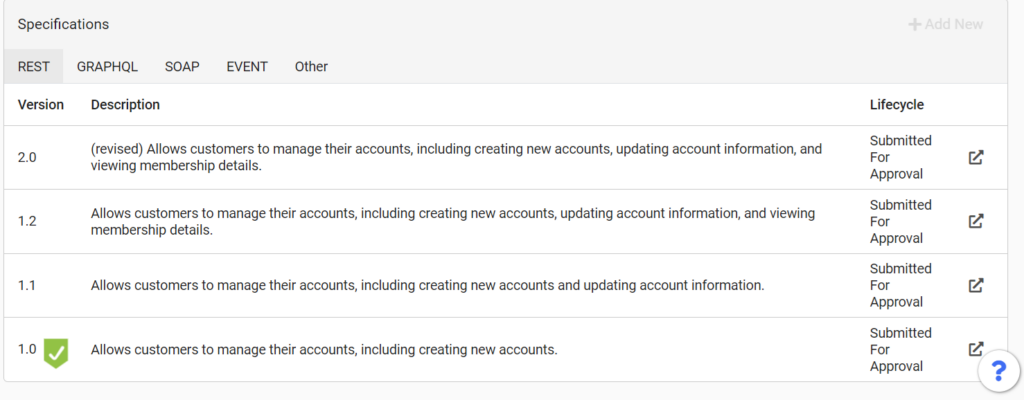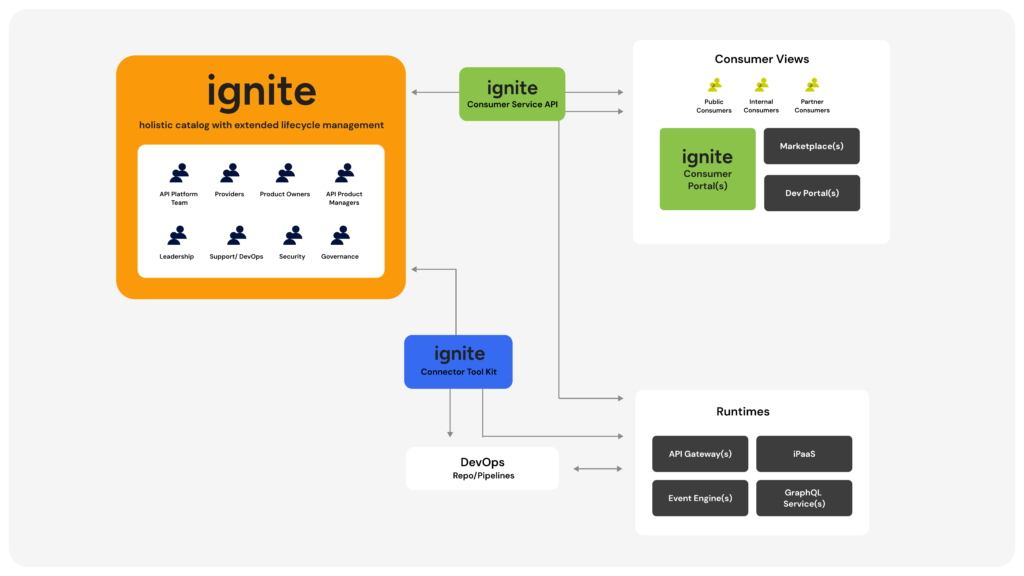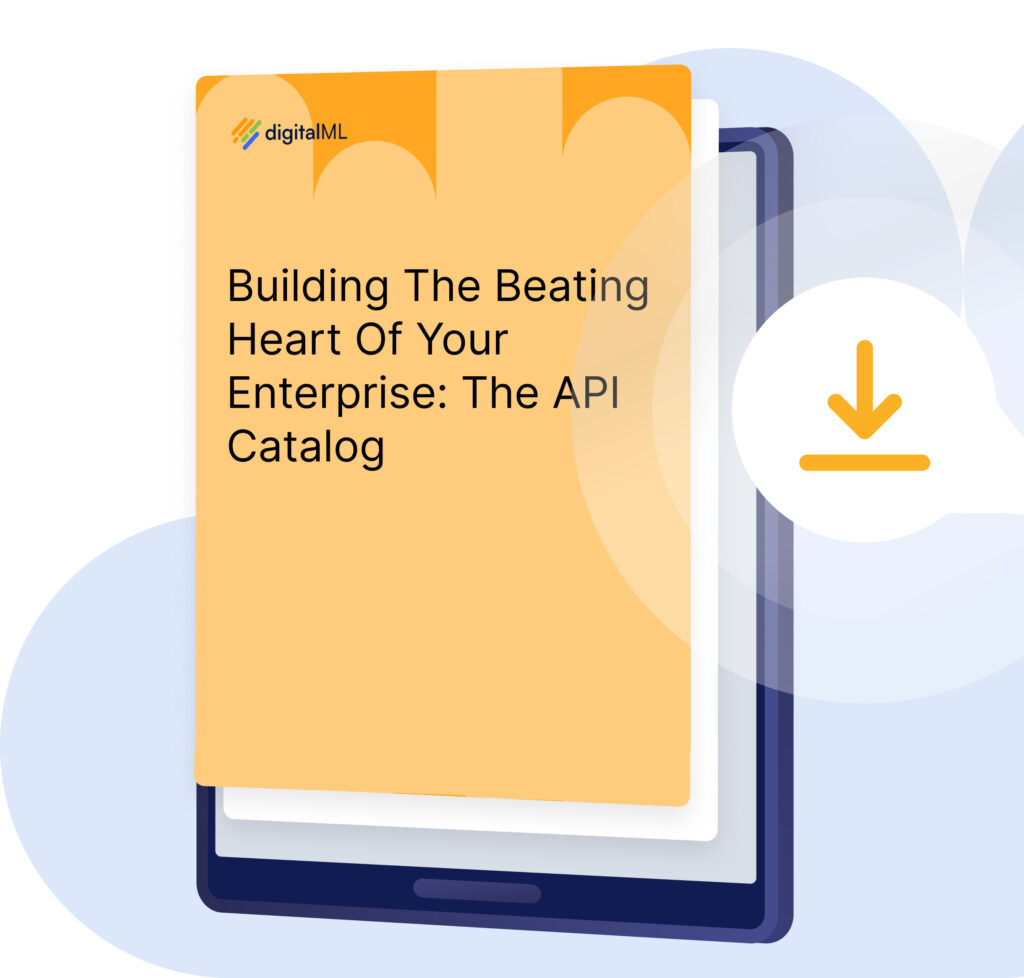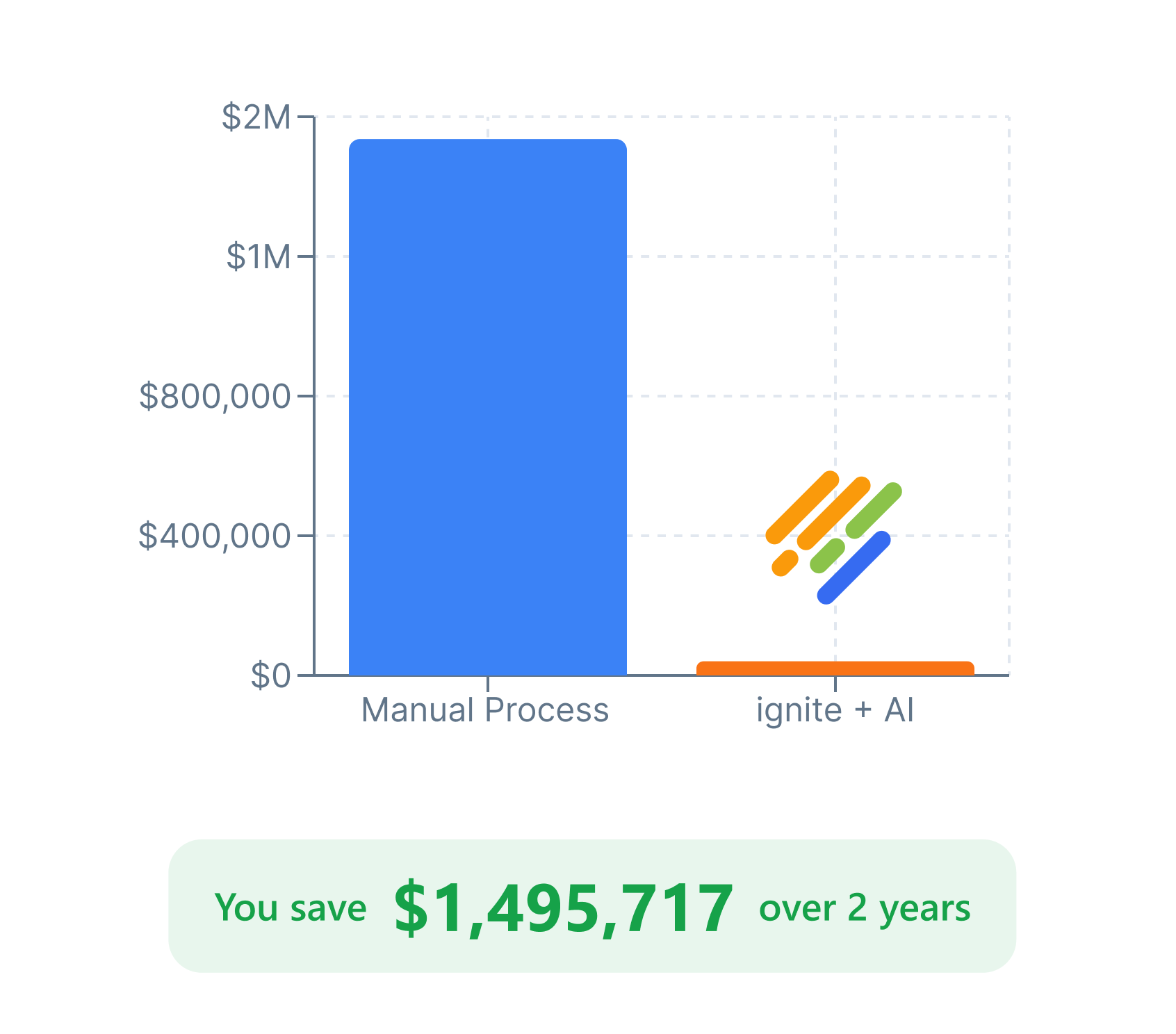Enterprise API Versioning Best Practices
Key Takeaways:
API versioning involves managing and communicating changes to your APIs over time, without affecting your API consumers. A good versioning strategy is particularly important for large enterprises. Best practices include tracking all versions in one catalog, connecting the provider and consumer, and using access controls to control who can make changes to your APIs.
API versioning is a key part of any API program. Your APIs will inevitably evolve over time, whether it’s to add new functionality or features, resolve security vulnerabilities, or redeploy the API to a different environment (to name a few). Versioning provides tracking and visibility to ensure your API providers and consumers stay in sync and connected they manage and use your APIs.
In this article, we’ll discuss best practices for API versioning strategy, particularly when you’re a large enterprise working with 100s-1000s of APIs.
What is API versioning?
API versioning is a crucial aspect of modern software development, ensuring seamless integration and functionality across evolving applications.
Essentially, API versioning is the practice of managing and communicating changes and updates to an API in a way that doesn’t disrupt your API consumers and the applications that are reliant on it.
Some key reasons for versioning APIs include:
- New features or enhancements: Most commonly requested by consumers, to enrich the API with additional functionality.
- Security: Information- and cyber security are ever-evolving, and code changes specific to underlying security libraries may call for a new version.
- Performance and efficiency: APIs sometimes need to be refactored or redeployed elsewhere to optimize call traffic or runtime maintenance costs.
- Compliance and regulatory: Whether to enhance the service to comply with open standards like the OpenAPI Specification (OAS) or regulatory standards like ISO or GDPR.
There are several strategies for API versioning, including URL versioning, header versioning, and query parameter versioning, each offering different benefits and trade-offs. Proper API versioning not only facilitates smoother transitions but also promotes better user experiences and system stability.
Benefits of a good API versioning strategy
A robust API versioning strategy is critical, especially if you’re a large enterprise working with 100s-1000s APIs running across heterogenous environments and platforms, and being consumed by multiple API consumers.
Effective versioning is a key part of building an active an ongoing connection between the API provider and consumer.
By ensuring backward compatibility where possible, a good versioning strategy allows your customers’ applications to operate seamlessly even as new features and updates are introduced. This continuity strengthens trust and reliability, ensuring your consumers can depend on your APIs for consistent performance.
Furthermore, effective API versioning enhances scalability by enabling incremental updates and phased rollouts, reducing the risk of widespread issues and allowing for smooth, controlled growth. It also ensures optimal performance, as your consumers can gradually adopt new versions without disruption, maintaining a high level of service quality.
API versioning best practices for 2024
Here are some common tactics we’re seeing our enterprise customers use to ensure an effective API versioning process.
1. Work with a consistent versioning strategy
It’s important to choose one versioning strategy that will be applied to all the APIs in your portfolio and be baked-in across the API lifecycle, to build in consistency from the outset.
There are several types of API versioning strategy, but we most commonly see enterprises using semantic versioning with a clear delineation on what each type of version means such as:
- Major version: contains changes that are not backwards compatible, e.g. removing a response field
- Minor version: contains changes that are backwards compatible, e.g. adding a new method
- Patch version: contains changes that do not affect the API on a material level, e.g. updates to metadata fields
2. Track all versions in a central API catalog
You want a single source of truth for all your API versions – one unified and active view where everyone in the enterprise can find and understand what versions already exist. Surrounding them with rich metadata e.g. API owner, lifecycle state, and whether they’ve been promoted for consumption in portals helps all your users understand:
- what versions are available
- if and where they’re deployed
- where they’re promoted for consumption and who’s using them
- (for consumers) who to contact for change and access requests
A central API catalog like ignite’s Holistic Catalog not only provides this single source of truth for all the API versions in your landscape, it can also help API owners perform effective impact analysis and follow change management best practices when the time comes to evolve their APIs.
3. Nest versions under a central design
Using abstracted designs can help keep things organized when you’re working in a complex API ecosystem. These code- and implementation agnostic designs represent the functionality rather than the specifics, and can be used to nest everything in one place:
- All the types of API version (e.g. major/minor/patch)
- Interface types (e.g. REST, SOAP, Async, GraphQL versions)
- Versions by environment type (e.g. those running on Apigee, Amazon AWS Gateway, Oracle OIC Gateway, and more)
- Versions by admin capability
- Frontend vs backend versions
As a large enterprise, you likely have multiple version types servicing a single design (aka a single block of functionality), so nesting can significantly help rationalize the API chaos.

4. Use role-based access controls to control versioning
There’ll always be times when you only want certain users to be able to make changes your APIs, for example when they’re handling sensitive information or IP. Role based access control (RBAC) can be used to control who can make new versions of an API or make changes to an existing version.
You can also include the control to force new versions where appropriate. This helps stop continuous editing and redeployment of the same API version, therefore lowering the risk of things breaking.
5. Advertise upcoming versions to consumers in your API portal
Communicating change is a core part of good versioning practice. Advertising what’s soon to be deployed in your API portal(s) fosters transparency and collaboration, and can even help drive demand for your upcoming versions.

By proactively sharing information about future API changes, enhancements, and new features, you empower your API consumers to prepare and adapt their applications accordingly. This foresight minimizes disruptions, ensures a smoother transition to new versions, and builds trust within your developer community.
Additionally, it provides an opportunity to gather feedback and make necessary adjustments before the official release, ultimately leading to more robust and user-friendly APIs.
6. Build a connection between the API provider and consumer
This is especially true when you’re a large enterprise; your integration ecosystem is constantly evolving so APIs will have multiple consumers (internal and/or external) and they’ll often change. Rule #1 of a good consumer experience is reliability – a broken application from an updated API means angry consumers (who might go elsewhere if they’re you’re partners).
That’s why it’s vial to ensure API providers and consumers are always in sync, by building an active and ongoing connection between them. Tactics to ensure this include:
- Clear API Documentation: Making it easy for providers to create comprehensive, up-to-date, and easily accessible documentation for each new API version helps consumers understand how to use the API effectively and resolve any issues they encounter.
- Seamless communication channels: Consumers need to be able to ask questions, request API access, and influence the API’s roadmap, while providers need to be able to respond in a frictionless way.
- An active view of consumption: To make it easy for providers to understand which consumers might be impacted by upcoming changes, and communicate that effectively.
How the ignite Platform supports best practice API versioning
ignite offers a Holistic Catalog of all API versions across all platforms and environments, powering tailored API Consumer Portals to help consumers discover, evaluate, collaborate on, and get access to API versions that suit their use case. All kept fresh by Extended API Lifecycle Management to help tackle the complexities of working with multiple API versions and multiple consumers, supporting change management and versioning best practices.
Core functionality to help includes:
- Abstracted Designs to capture and organize all API versions in our Holistic Catalog
- API lineage and impact analysis to help providers understand who’s using their APIs and the impact of change
- Automatic API versioning and RBAC to control who can do what
- API Consumer Portals with a view of all available and upcoming versions relevant to tailored consumer audiences
- A direct connection between the catalog and portal to foster transparency and communication between API provider and consumer

Conclusion
A well-defined versioning strategy is paramount for maintaining a robust connection between API providers and consumers, especially for large enterprises managing vast API ecosystems.
By ensuring consistent and transparent communication about API changes and upcoming versions, organizations can foster trust, reliability, and seamless integration. Implementing best practices such as clear documentation, centralized version tracking, and role-based access controls not only enhances performance and scalability but also ensures a superior user experience.
With tools like ignite’s Holistic Catalog and API Consumer Portals, enterprises can effectively manage API versioning, support change management, and drive innovation while keeping your API providers and consumers informed and connected. Request a personalized demo to learn more about how ignite helps.
Differentiate Your Digital Enterprise Now
Learn how it can help your enterprise accelerate digital transformation




